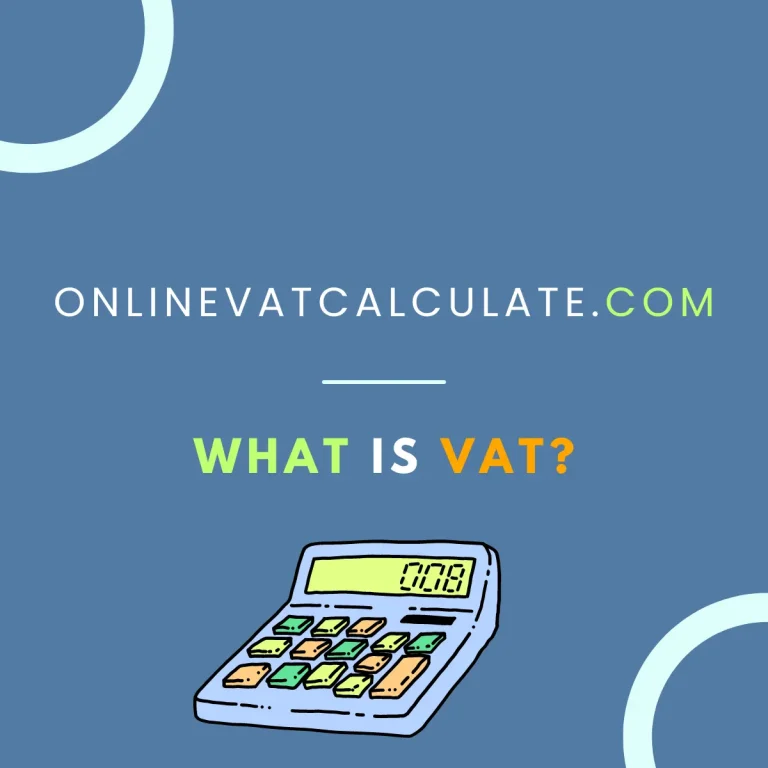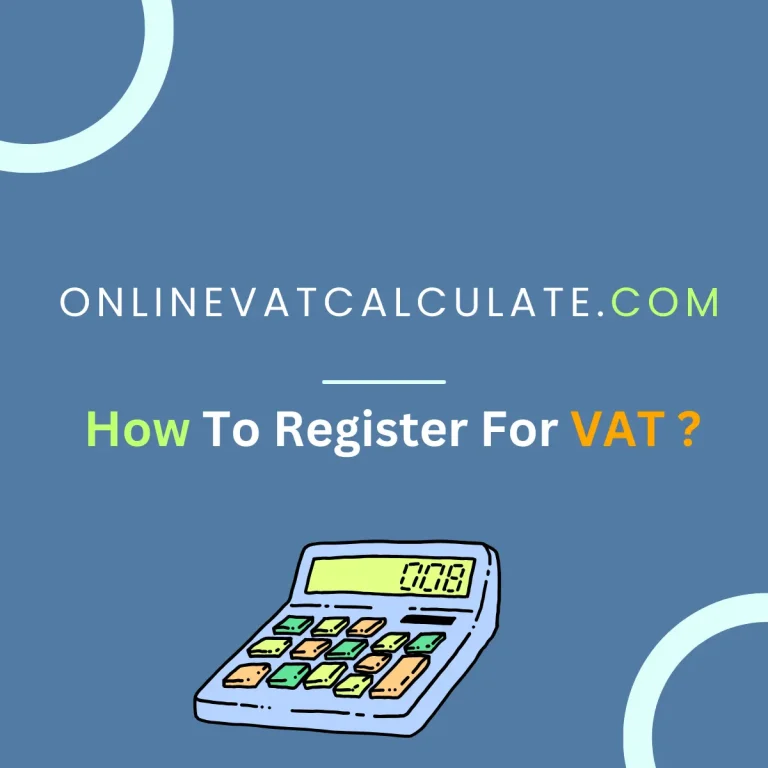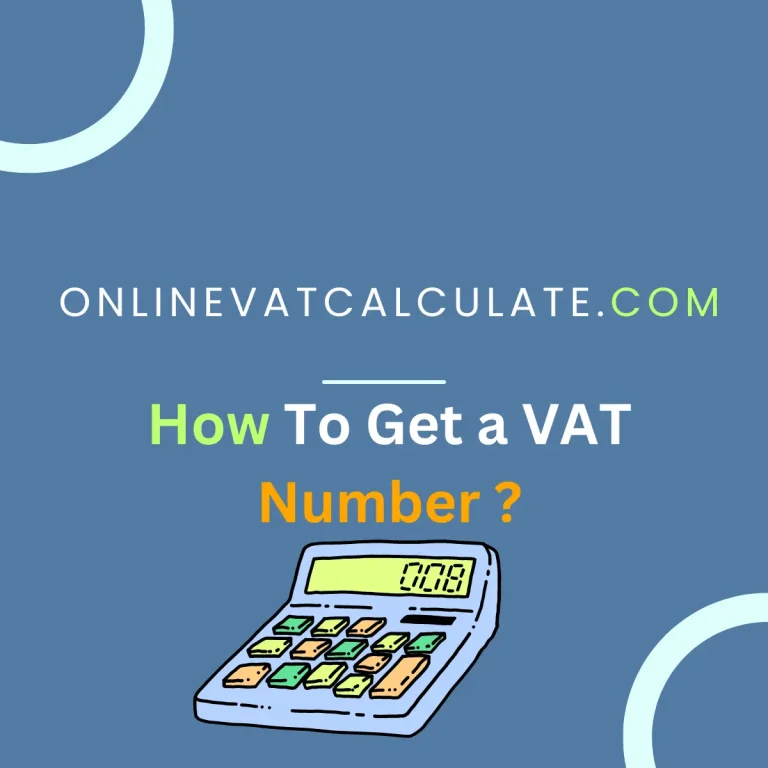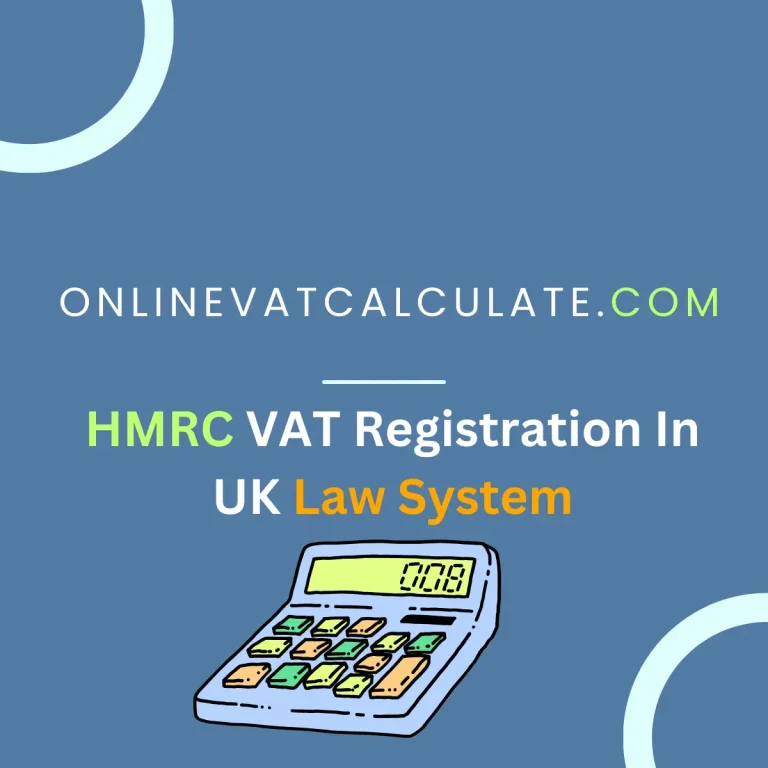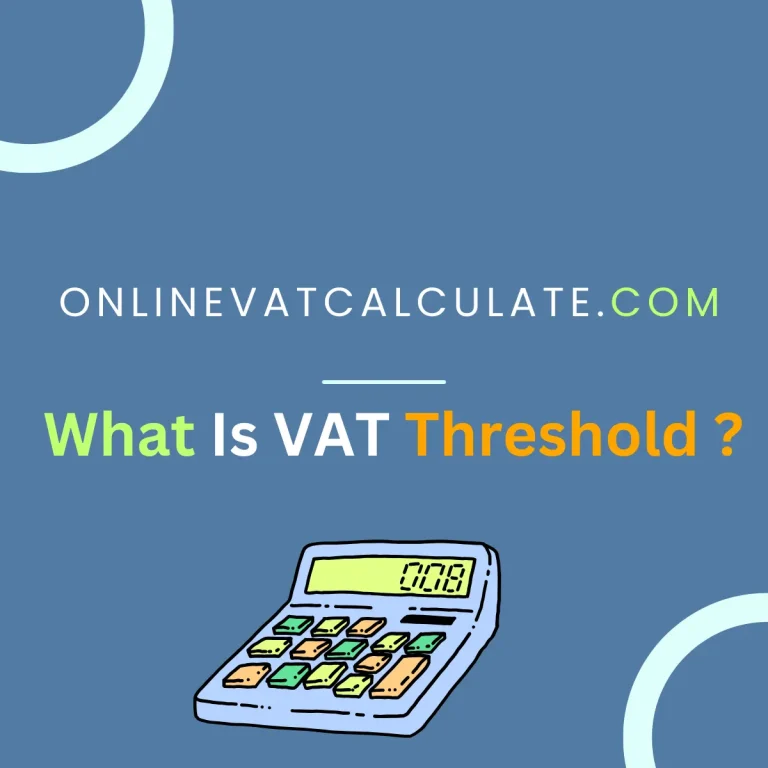What is VAT?
VAT (Value added tax) is a consumption tax levied on the value added to goods and services during production and distribution.
VAT is not paid by the business instead it is an indirect tax that is collected by the consumers in the price of goods and services.
What are the three types of VAT?
- Intake Kind VAT
- Revenue Type VAT
- GNP Kind VAT
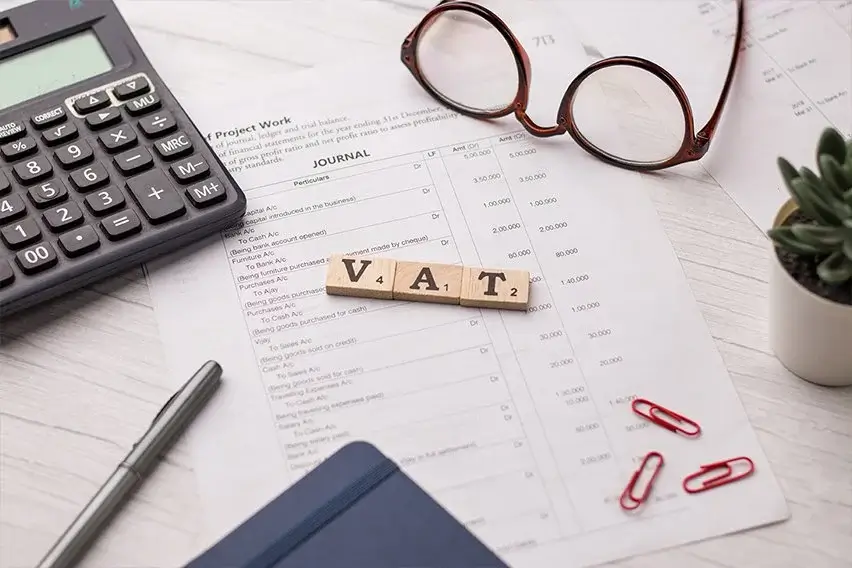
Intake Kind VAT
A consumption tax obligation is a tax on the consumption costs of items and solutions. Under usage kind VAT, all resource items bought from other firms in the year of purchase are omitted from the tax base, while depreciation is not subtracted from the tax obligation base in succeeding years. The tax base of such a tax is the cash spent on intake.
Revenue Type VAT
The income-kind VAT does not leave out resources or goods bought from other companies from the tax base in the year of acquisition. This kind, however, leaves out depreciation from the tax obligation base in subsequent years. The tax obligation drops both on intake and internet financial investment. The tax base of this type is the national internet income
GNP Kind VAT
Under this type, resource goods purchased by a company from other firms are not deductible from the tax obligation base in the year of acquisition. It additionally does not enable the reduction of devaluation from the tax obligation base in subsequent years. Tax obligation is levied both on intake and gross investment. The tax obligation base of this type is the GDP.

